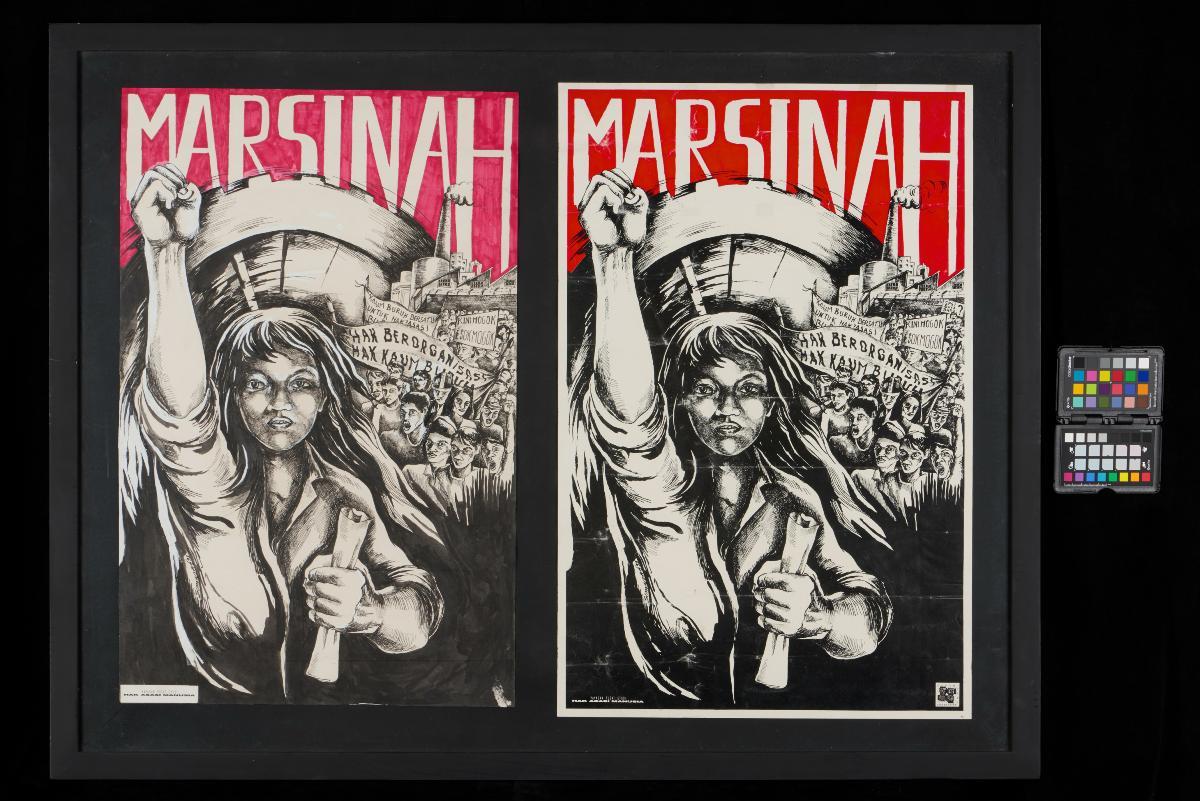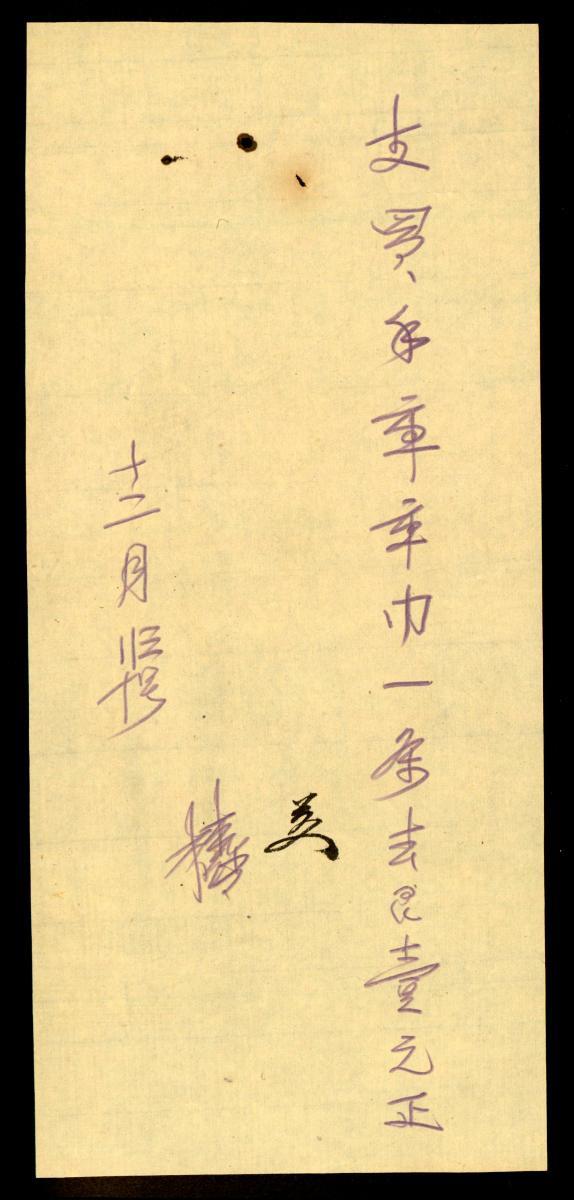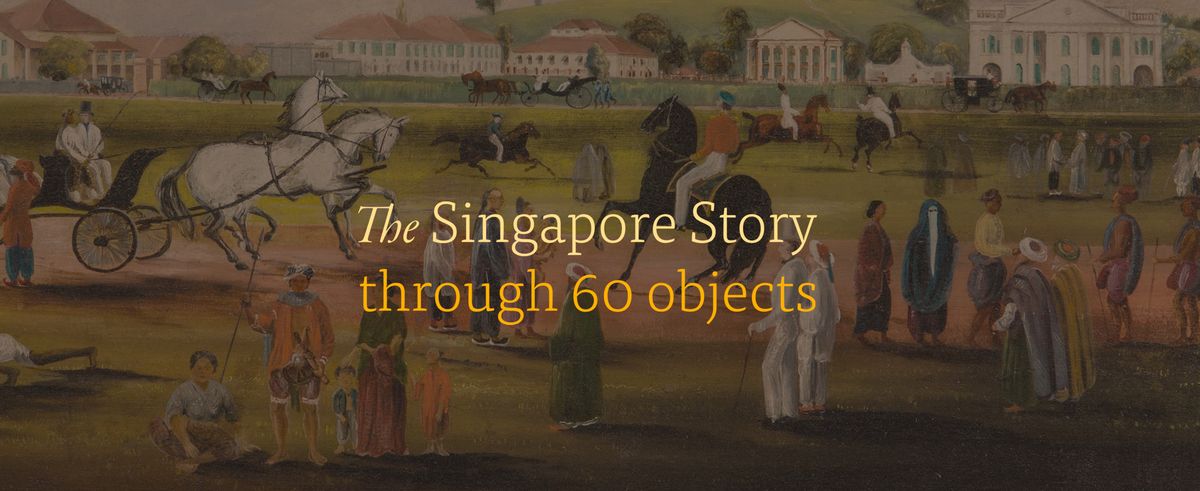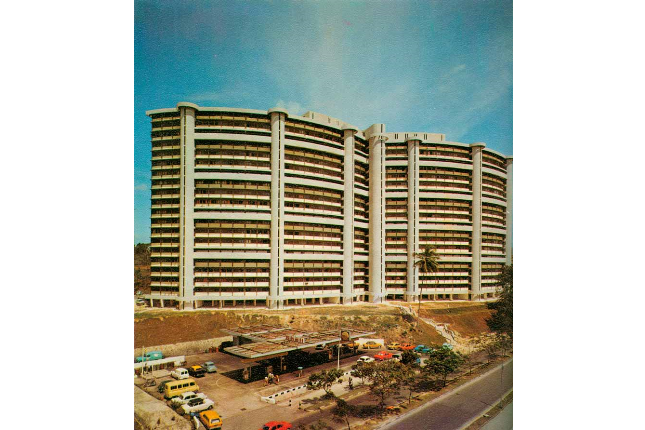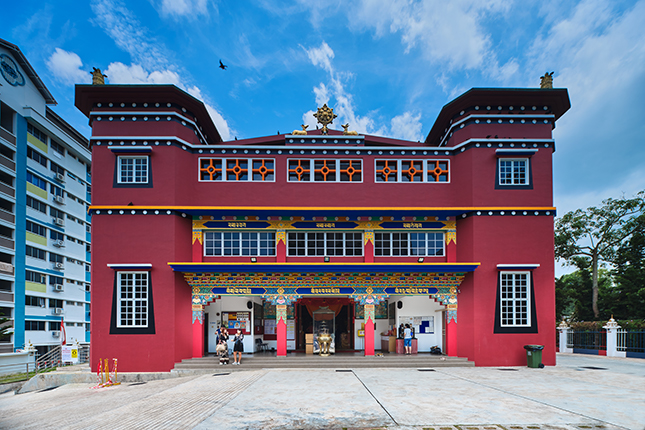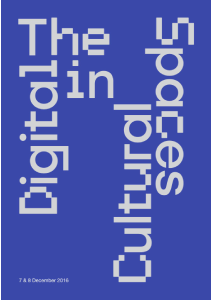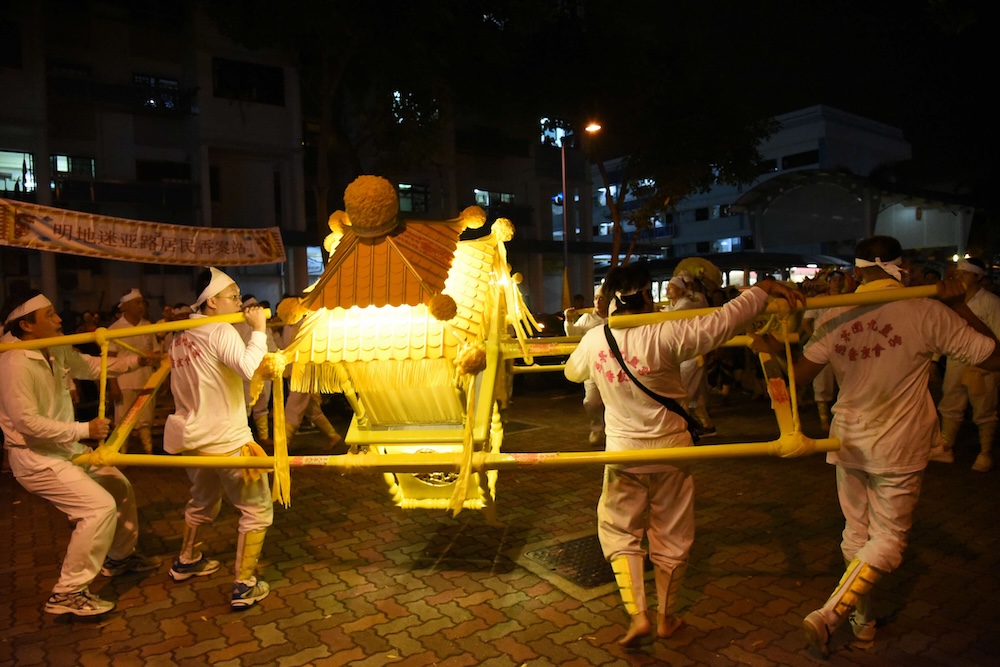A significant figure in Indonesia’s art history, Semsar Siahaan was well known for his stirring, socially-committed art which sought to “try to change the miserable state of human values resulting from injustice”. With a strong conviction in the importance of art as the voice of the people – in particular the dispossessed and oppressed – Semsar participated in several demonstrations against the brutality of the New Order regime, resulting in his physical injury and subsequent departure for Canada due to fears over his personal safety. Marsinah is an ink drawing created in 1993 to commemorate the death of Marsinah, a female factory worker who fought for the rights of her fellow workers and who was subsequently brutalized and murdered. That year, the Yap Thiam Hien human rights award went to Marsinah and her family, and Semsar’s drawing was turned into a poster which was distributed to Indonesian non-government organisations concerned with workers’ rights. The stark black-white-red colour scheme of Semsar’s drawing and its vivid and powerful use of line echoes the tradition of Social Realist woodcut prints, and perfectly complements its rousing imagery – Marsinah is depicted in the foreground, her clenched fist raised to the sky in a universal symbol of activism and protest. In the background, the proletariat unite in their political awakening, bearing banners that call for labourers’ rights. Art historian TK Sabapathy has described drawing as the “heartbeat” of Semsar’s artistic practice; few have survived Semsar’s immolation of his own artworks after his 1988 solo exhibition in Jakarta. Marsinah is exemplary of the power of Semsar’s art, the causes he believed in and fought for all his life, and captures the strident spirit of 1990s Indonesia when artists such as Semsar, FX Harsono and Dadang Christanto harnessed the power of art to seek redress for social injustices.




